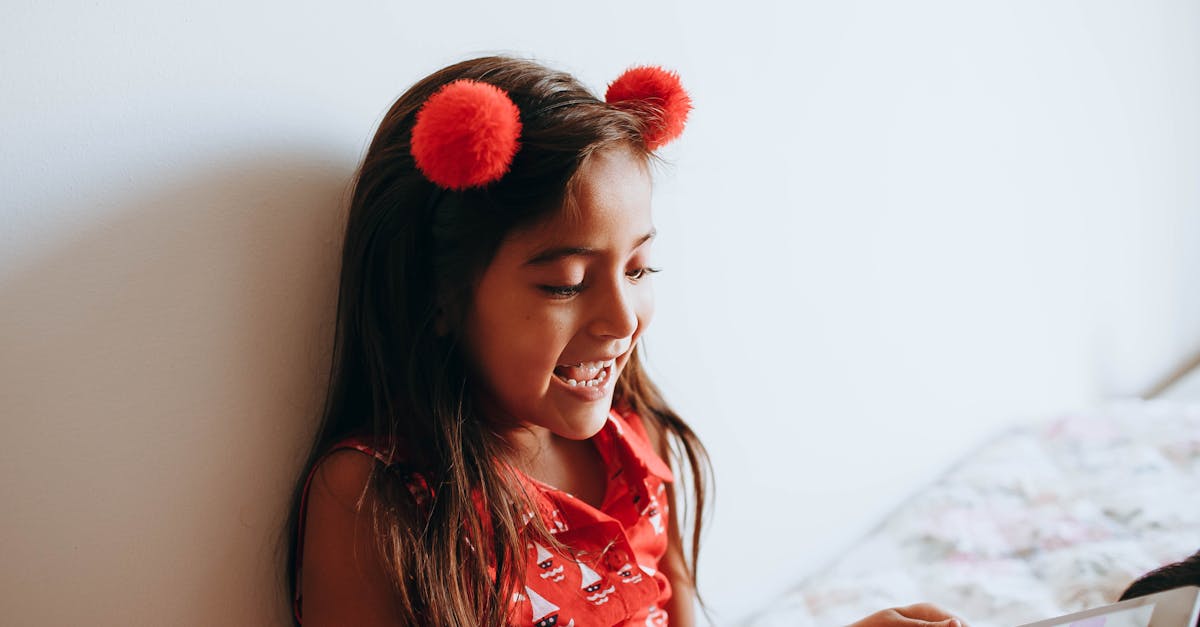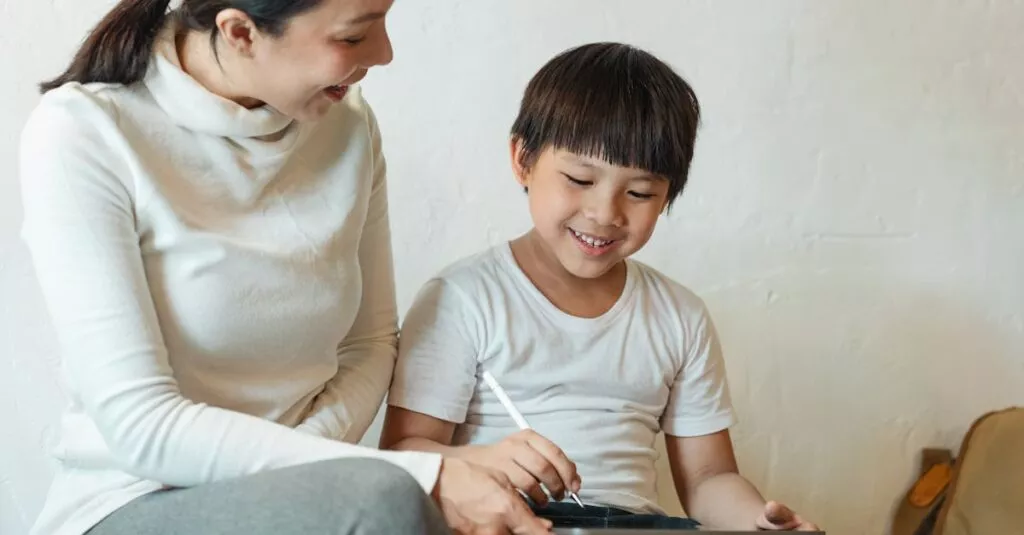1. The Magic of Play-based Learning
Play-based learning is an essential part of childhood development. Kids learn best when they’re having fun. Play-based learning merges fun activities with educational content. Imagine a child playing a game that teaches numbers or colors. It feels like play, but it’s also educational. Children may not even realize they’re learning. This method engages kids, builds curiosity, and fosters a love for learning. It’s no surprise that parents love this approach!

2. Introducing AI to the Play Zone
Now, let’s add artificial intelligence to the equation. AI can personalize learning for each child. Think of AI as a helpful assistant that knows what your child needs. It can adjust the activities based on your child’s progress. Imagine a game that becomes harder just as your child gets better. That’s the magic of AI in education.

3. The ChatGPT Adventure Begins
Meet ChatGPT, an AI buddy, and learning companion! ChatGPT can interact with your child through playful conversations. Whether your child has questions or wants to play, ChatGPT is there. It creates a personalized learning experience that’s both fun and effective. For instance, ChatGPT can tell stories, solve riddles, or even help with homework. This AI transforms screen time into a productive playtime.

Click on the image to see ChatGPT in action!
4. Fun Meets Function: Educational Play
When fun meets function, amazing things happen. Play becomes a powerful tool for education. With ChatGPT, educational content sneaks into games and stories. Imagine your child learning math while solving an adventure game. Or picking up new vocabulary while playing a word game. This seamless integration makes learning feel less like a chore and more like an exciting adventure.

5. Emotional Growth Through AI Interaction
Emotional growth is just as important as academic skills. AI interaction can help children express emotions and develop empathy. ChatGPT can recognize and respond to your child’s emotional cues. For example, if your child seems frustrated, ChatGPT can offer comforting words. These small interactions help children learn about their feelings and how to manage them.

6. Parents: The Play Pioneers
As parents, you play a crucial role in guiding play-based learning. Be curious and join in the fun! Try interacting with ChatGPT together with your child. Ask it questions, play games, and explore new activities. Your involvement shows your child that learning is a lifelong adventure. Plus, it’s a great way to bond and create memories.

7. Join the Conversation!
We’d love to hear from you! How do you integrate AI into your child’s playtime? What challenges do you face? Share your experiences and tips in the comments below. Let’s build a community of parents exploring the wonders of AI and play-based learning together.

Related Posts:
- Optimizing E-Learning for Pre-schoolers with ChatGPT
- Early Learning Transformation with Conversational AI
- Empowering Children’s Independent Learning with ChatGPT
- Pre-school Learning: AI ChatGPT Integration
- Engaging Pre-schoolers in Self-learning with AI
